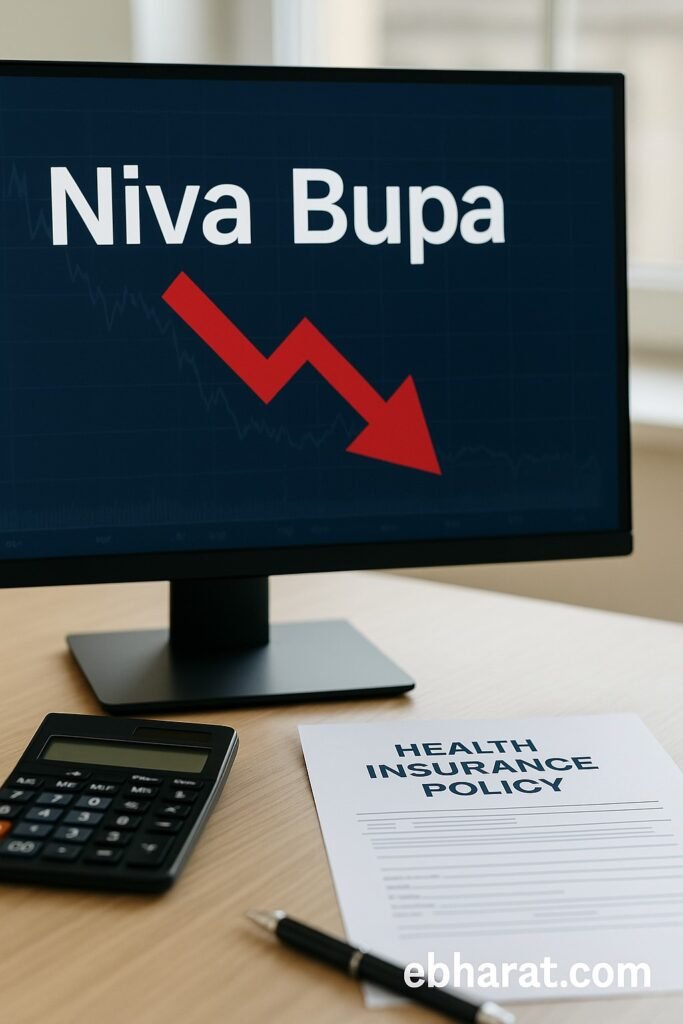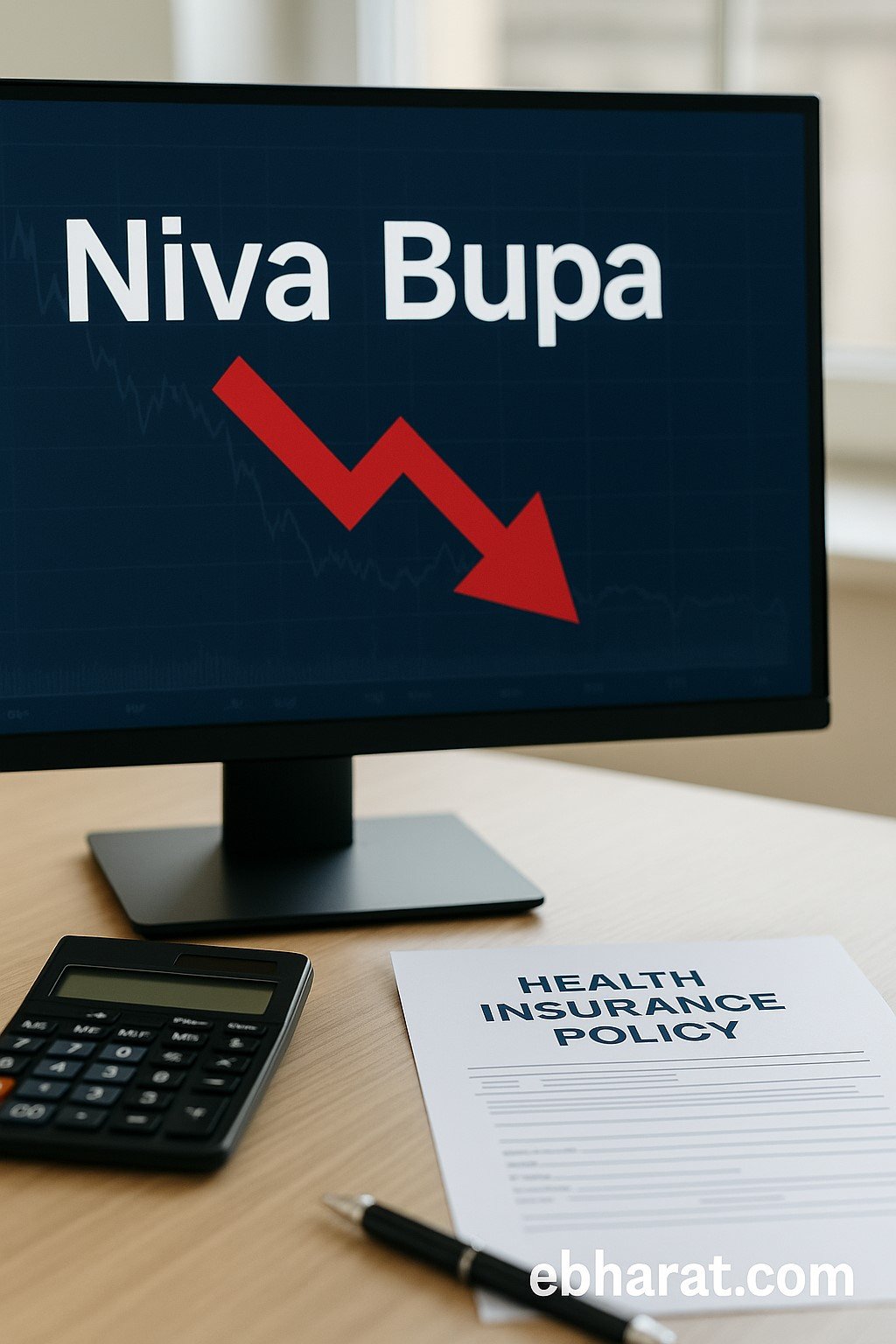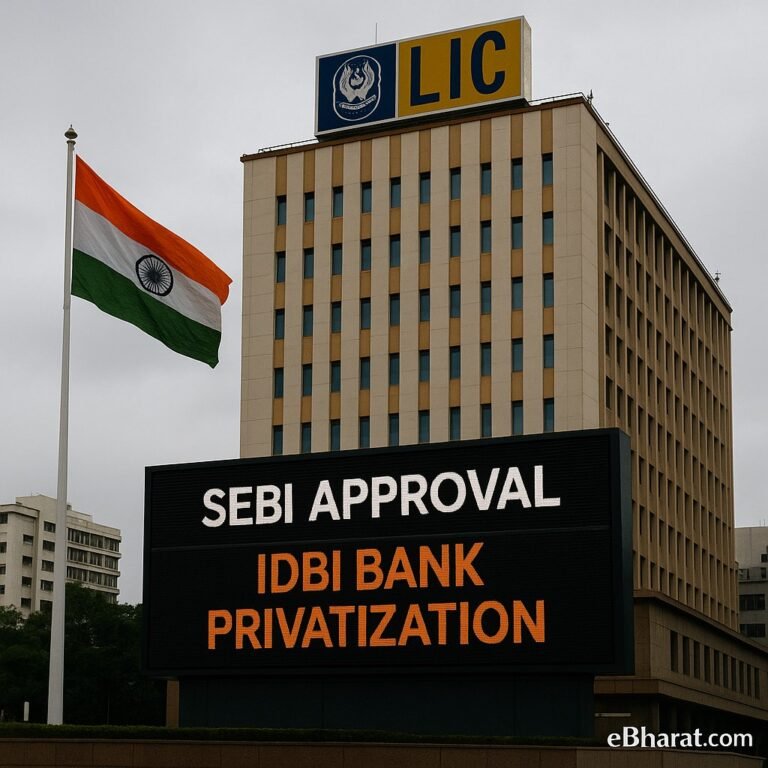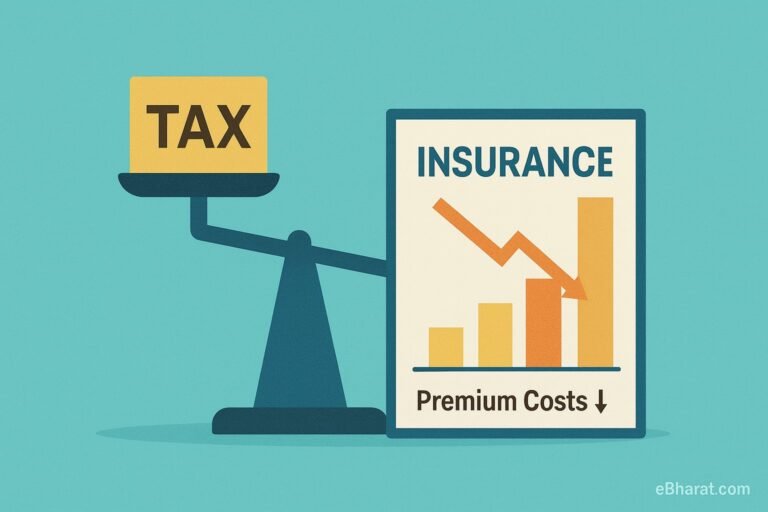
August 1, 2025 – One of India’s prominent standalone health insurers, Niva Bupa Health Insurance, has reported a net loss of ₹91.44 crore for the first quarter of FY 2025–26. The results have triggered a 7% drop in its share price, as investors react to signs of operational stress.
The biggest red flag in the report? A combined ratio of 117%, meaning the company spent significantly more on claims and operations than it earned from premiums — a signal of financial pressure.
What Is the Combined Ratio — and Why Does 117% Matter?
In insurance, the combined ratio is a key profitability indicator. It adds:
- Claims ratio (money spent on claims)
- Expense ratio (money spent on admin, marketing, etc.)
A combined ratio:
- Below 100% = Profitable operations
- Above 100% = The company is paying out more than it’s earning
At 117%, Niva Bupa’s performance shows it’s losing ₹17 for every ₹100 in premium earned — a clear signal that costs are outpacing income.
What Caused the Loss?
- Rising healthcare costs: Hospital bills and treatment costs have gone up across urban and semi-urban India.
- Increased claim volumes: More customers are using their health policies post-COVID, which puts pressure on insurers.
- Marketing & expansion costs: Niva Bupa has been expanding aggressively — this growth comes with high upfront costs.
While the insurer hasn’t released a detailed breakdown yet, analysts believe a mix of high claims, operating expenses, and underwriting losses led to the poor Q1 performance.
Market Impact
Following the earnings release, Niva Bupa’s share price fell by over 7% in a single day’s trading. Investors were spooked by the sharp spike in loss and the poor operating ratio.
Market experts have advised caution, citing that unless costs are brought under control or premium income rises, the pressure may continue in the coming quarters.
What Does It Mean for Policyholders?
If you’re a Niva Bupa customer, this Q1 result doesn’t directly affect your current policy. However, it might:
- Lead to premium revisions in the future
- Result in stricter underwriting for new policies
- Delay or impact claims servicing speed if cost-cutting measures are introduced
Niva Bupa remains a licensed, regulated insurer, so existing policies are still valid and secure.
“This result reflects the broader pressure across India’s health insurance industry — rising claims and cost inflation are squeezing margins. Insurers like Niva Bupa will need to quickly rebalance operations to maintain customer trust and market share,” said a senior analyst at a Mumbai-based research firm.
Niva Bupa’s Q1 loss may be a wake-up call for the standalone health insurance sector. As costs rise and customer expectations grow, balancing growth with sustainability becomes more critical than ever.
At eBharat, we’ll keep you informed how the company responds in the next quarter — and what it means for India’s rapidly evolving health insurance market.













